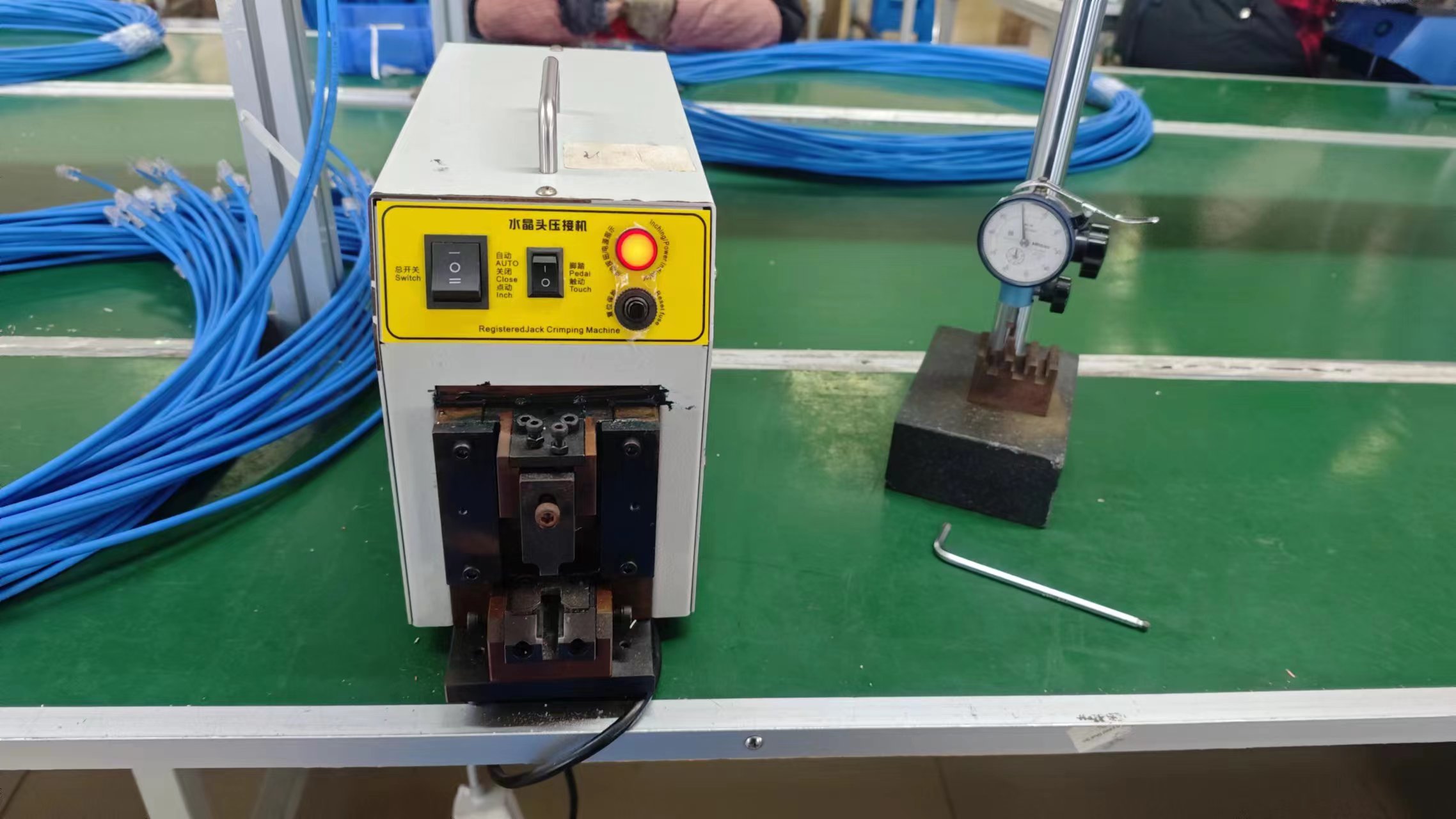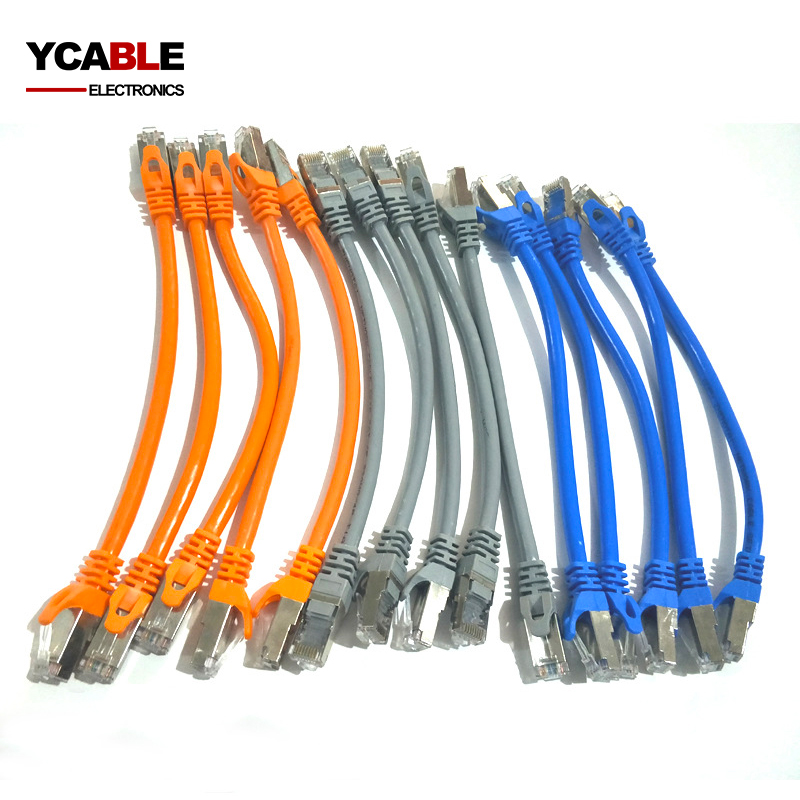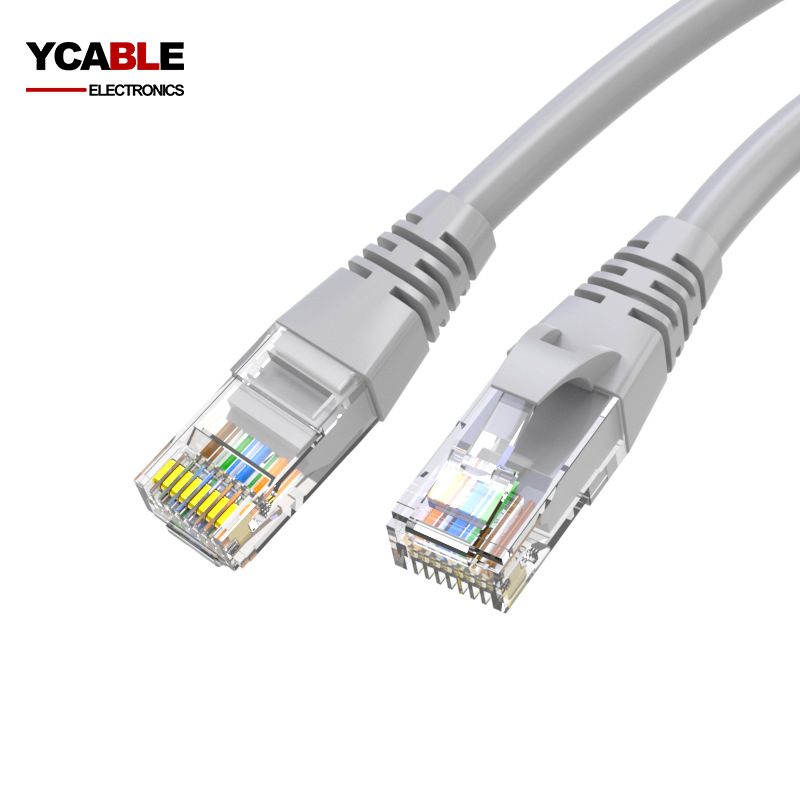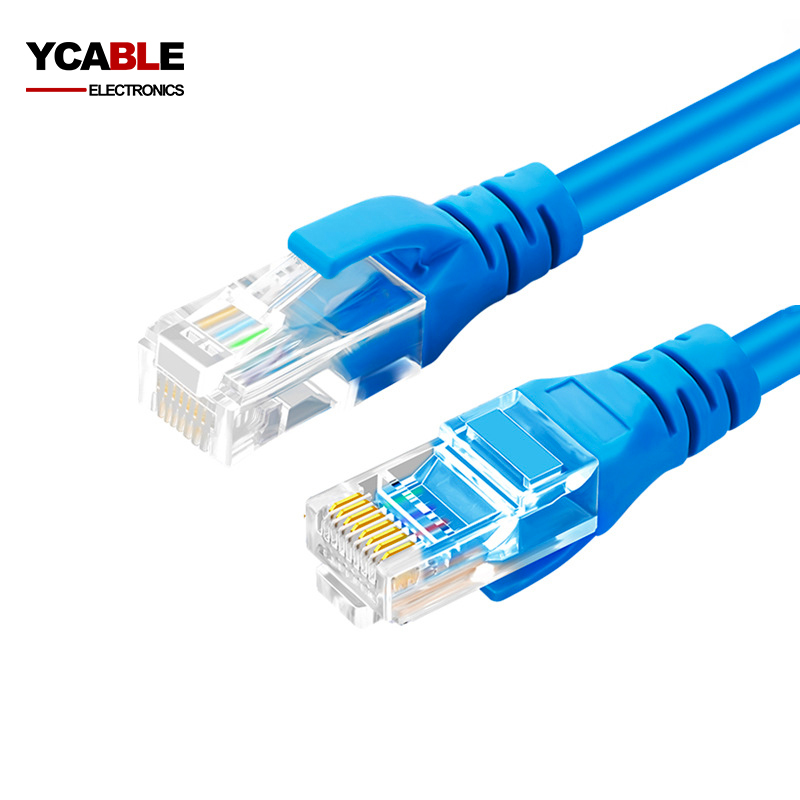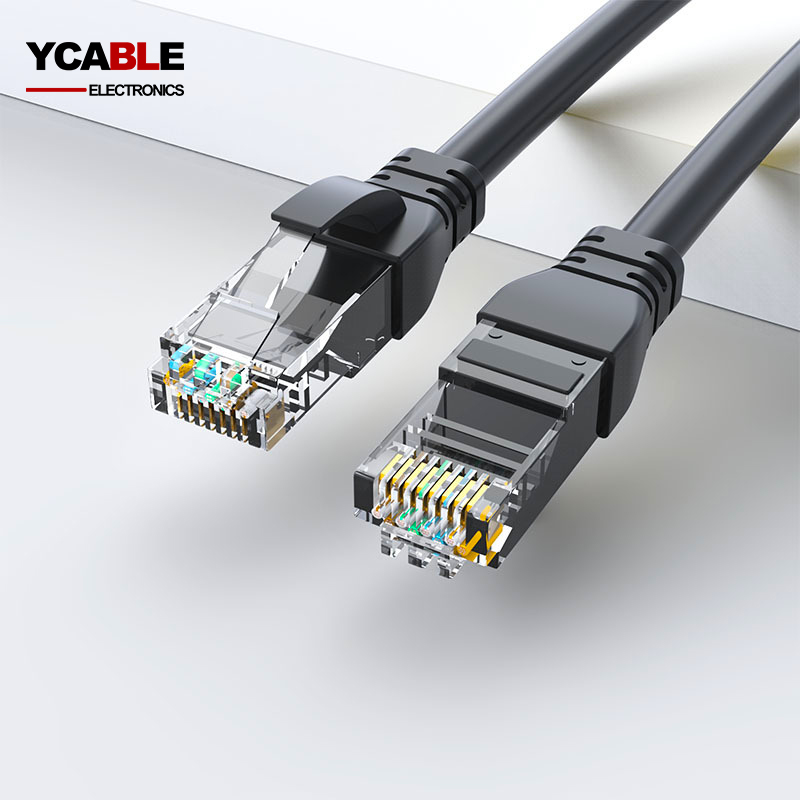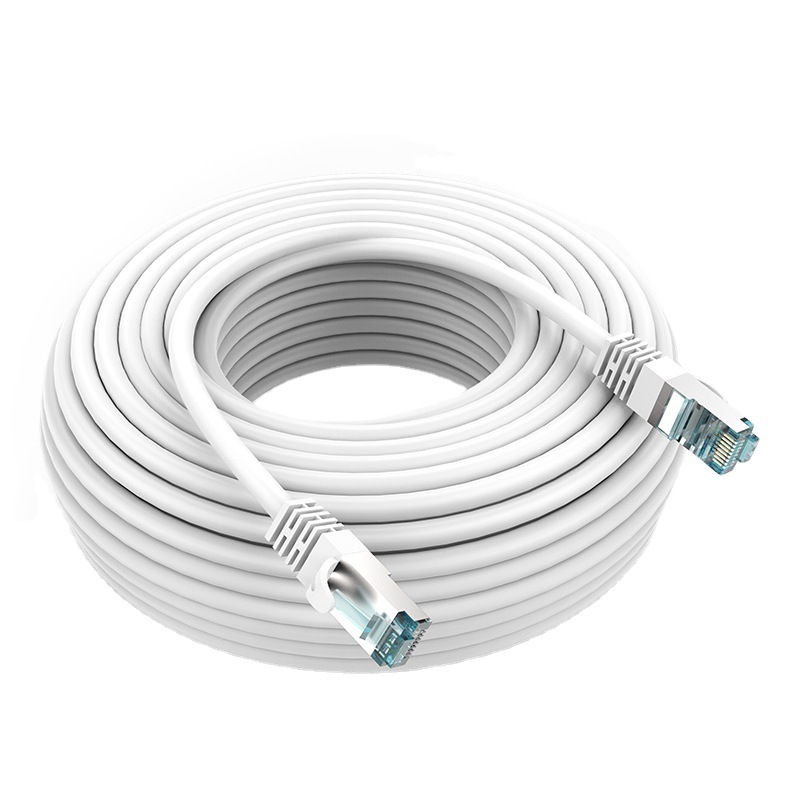Cat 6 Ethernet Patch Cable
Cat 6 Ethernet Patch Cable
Item Number:Cat 6 Ethernet Patch Cable
- Model: CAT 6 Patch Cables CAT6 Patch Cord
- Size: 24AWG Soild(0.46mm-0.51mm)/Stranded+RJ45
- Color: White/Blue/Black/Gray/Custom
- Insulation: PE
- Shield: Unshielded UTP
- Jacket: PVC/FR-PVC/LSOH
- Packing: Custom
- OD: 5.2mm/Custom
- Conductor Material: OFC/Copper/CCA/Copper Clad Aluminum/CCS
- Drain wire: None
Environmental Specifications:
Environmental Space – Non-plenum
Flame Test Method – CMR
Installation Temperature – 0 °C to +60 °C (+32 °F to +140 °F)
Operating Temperature – -20 °C to +60 °C (-4 °F to +140 °F)
General Specifications:
Cable Type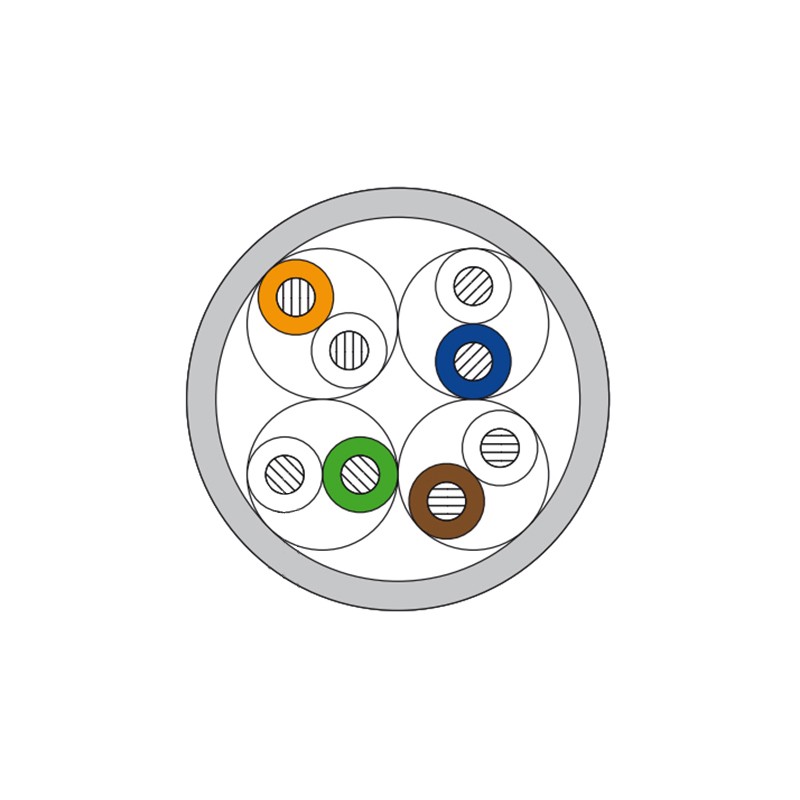
U/UTP CAT 6 Patch Cables CAT6 Patch Cord+RJ45
Pairs, quantity
4
Cable Component Type
Horizontal
Conductor Gauge, singles
24AWG
Conductor Type, singles
Solid/Stranded
Characteristics:
- The transmission speed is very fast. Compared to other types of network cables, the transmission speed of the Super Five network cables will be faster, reaching 10 Mbps.
- The manufacturing process is also very good, which can effectively reduce signal interference. Moreover, they are all made of copper wires twisted together, so the electrical conductivity is very good.
- There are many brands sold on the market, so everyone must choose a large brand to ensure the quality of the network cable.
- Suitable for indoor applications
In general, the network cable CAT6 Patch Cord has several advantages, such as well overall performance, high-cost performance, and relatively low difficulty in construction and maintenance. Choosing it will not disappoint you.
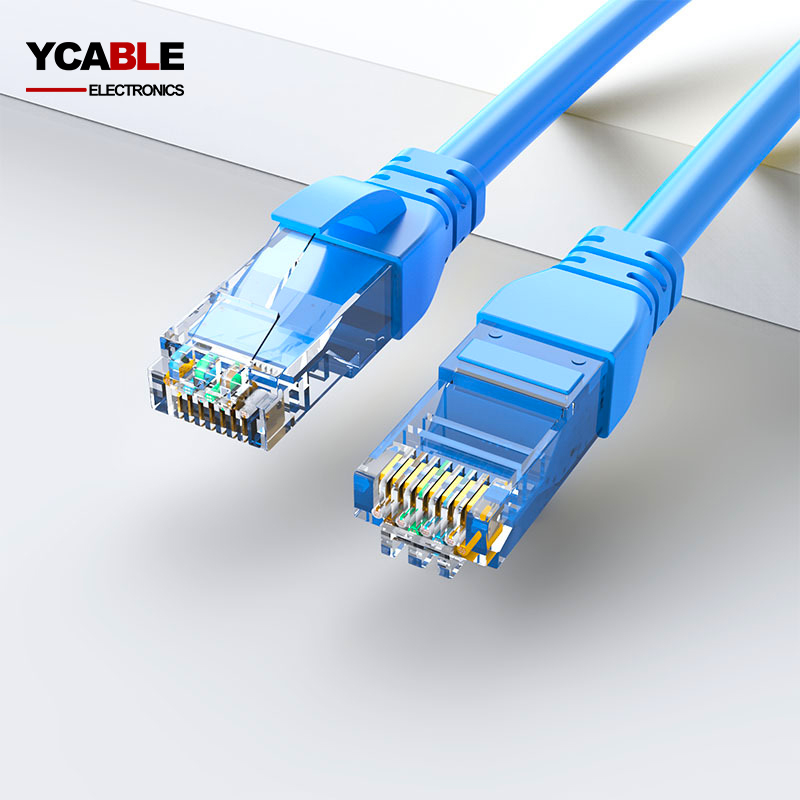

Categories
CAT 6 Patch Cables CAT6 Patch Cord
| Electrical Specifications | |
| ANSI/TIA Category | CAT 6 Patch Cables CAT6 Patch Cord |
| dc Resistance Unbalance, maximum | 5 % |
| dc Resistance, maximum | 9.38 ohms/100 m |
| Mutual Capacitance | 5.6 nF/100 m @ 1 kHz |
| Nominal Velocity of Propagation (NVP) | 69 % |
| Operating Frequency, maximum | 200 MHz |
| Operating Voltage, maximum | 80 V |
| Transmission Standards | ANSI/TIA-568-C.2 CENELEC EN 50288-3-1 ISO/IEC 11801 Class D |
| Dielectric Strength, minimum | 1500 Vac 2500 Vdc |
Description
What is CAT6 Patch Cord?
A Cat6 patch cable, alternatively referred to as a Cat6 Ethernet cable, is a specialized network cable integral in linking devices within a local area network (LAN). These cables are a staple in various environments like residences, corporate offices, and other buildings, primarily for connecting an array of digital devices such as computers, routers, switches, and other essential network components.
Frequent applications of Cat6 patch cables encompass:
- Establishing connectivity between computers and routers or switches.
- Linking network-attached storage (NAS) units to network hubs.
- Integrating IP cameras into the network setup.
- Connecting gaming consoles for networked play.
- Networking smart TVs for online streaming.
- Attaching printers for network access.
- Linking Blu-ray players for streaming and network use.
- Integrating home security systems with the network.
- Connecting home automation setups to central control points.
- Networking VoIP phones for internet-based communication.
- Linking point-of-sale (POS) systems for transaction processing.
- Integrating digital signage into network systems.
- Connecting surveillance systems for networked monitoring.
- Bridging network switches for expanded connectivity.
- Connecting wireless access points to the central network.
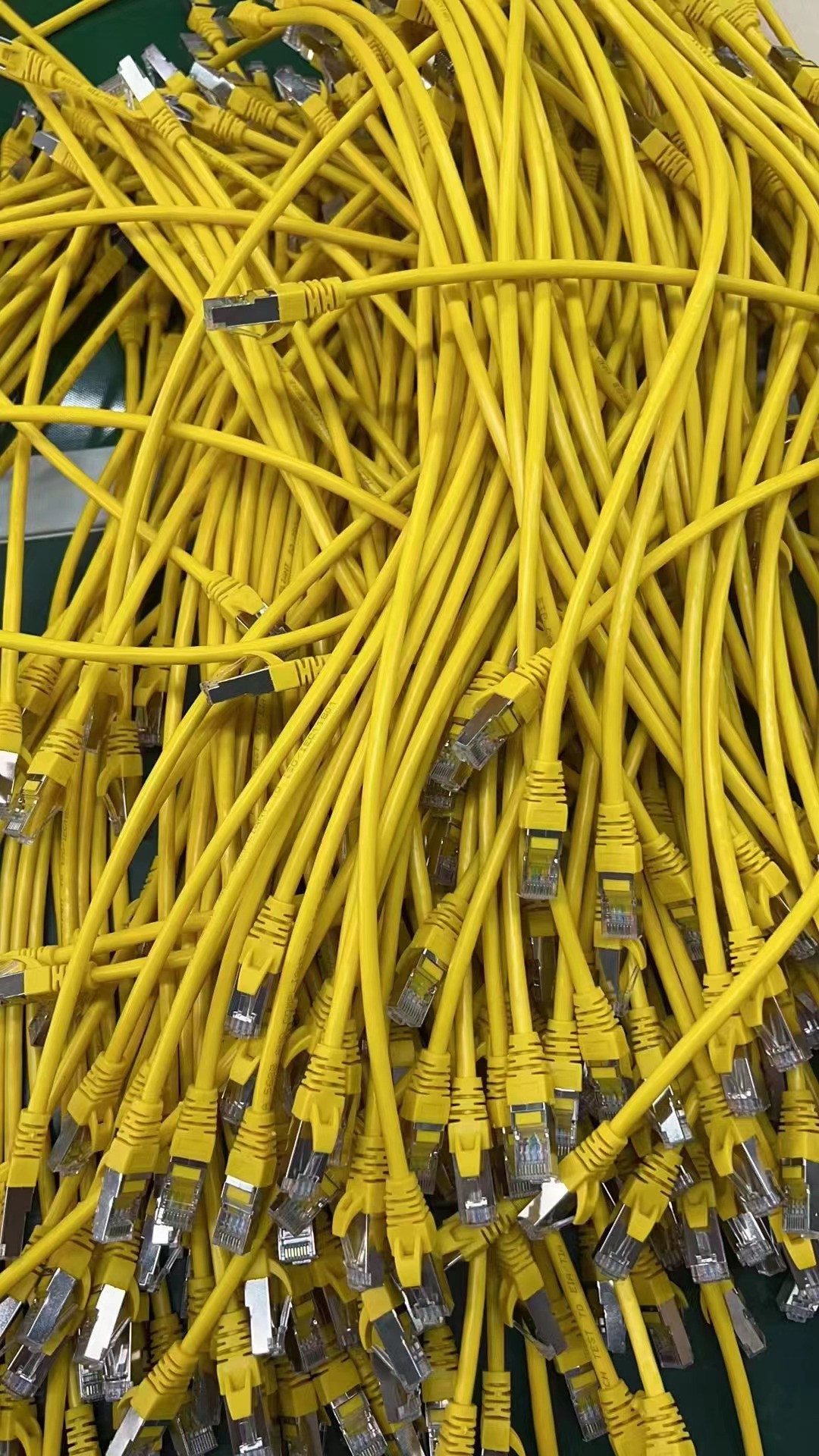
CAT5e and CAT6 Patch Cables: Bandwidth and Speed
CAT5e(CAT5e patch cord) and CAT6 patch cables both accommodate speeds up to 1,000 Mbps (1 Gigabit per second). This speed capacity is typically more than adequate for most internet connections. Rarely will you encounter an internet connection that can harness speeds up to 500 Mbps.
The distinguishing factor between CAT5e and CAT6 lies in their bandwidth capabilities. CAT6 patch cords are engineered to operate at frequencies up to 250 MHz, which is notably higher than the 100 MHz bandwidth of CAT5e. Essentially, CAT6 can handle more data simultaneously, akin to the difference between a 2-lane and a 4-lane highway where more lanes mean handling more traffic concurrently.
Speed Differences: CAT5e vs. CAT6
CAT6 cables, functioning up to 250 MHz - over double the capacity of CAT5e cables (100 MHz), can support speeds up to 10GBASE-T (10-Gigabit Ethernet). In contrast, CAT5e cables are limited to 1GBASE-T (1-Gigabit Ethernet).
Crosstalk Considerations
Both CAT5e and CAT6 are twisted pair cables using copper wiring with typically 4 twisted pairs (8 wires) per cable. CAT6 has evolved to be more flexible, employing varied methods to reduce noise, instead of the previously used rigid nylon splines. Regardless of the spline usage, CAT6 boasts stricter standards for crosstalk and system noise. It offers significantly reduced interference (Near-End Crosstalk or NEXT) and enhances Equal-Level Far-End Crosstalk (ELFEXT), Return Loss (RL), and Insertion Loss (IL). This results in diminished system noise, fewer transmission errors, and higher data transfer rates.
Maximum Length Variations
Both CAT5e and CAT6 support lengths up to 100 meters per network segment. Beyond this, optimal speeds are not attainable, possibly leading to slow or failed connections. For distances exceeding 100 meters, amplifying the signal with repeaters or switches is necessary. When used for 10GBASE-T, CAT6's maximum length shortens to 55 meters, beyond which it reverts to 1GBASE-T. For 10GBASE-T over 100 meters, CAT6A (Augmented Category 6) is recommended.
Visual Differences
Typically, the cable category is indicated on the cable itself. Absent this marking, it's challenging to distinguish between CAT5e and CAT6 by color or RJ45 connector. However, CAT6 cables are often thicker than CAT5e due to larger copper wires.
Cost Comparison
The price of Ethernet cables varies based on length, quality, copper content, and manufacturer. Generally, CAT6 cables are about 10-20% more expensive than CAT5e.
Conclusion: Choosing Between CAT5e and CAT6
Several factors influence the choice of cable: required network speed (100 Mbps, 1 Gbps, 10 Gbps), user quantity, indoor/outdoor usage, rigidity, flexibility, and environmental interference sources. While current network hardware might not necessitate CAT6's 10 Gbps speed, future hardware upgrades are more straightforward than cable replacements. The modest price difference suggests opting for higher quality CAT6, preparing for future network demands.
Regardless of the choice between CAT5e and CAT6, prioritize 100% copper quality cables. Inferior cabling can cause significant network downtime, despite being a small fraction of network investment costs. Always seek a reliable supplier offering a lifetime guarantee on independently ETL-Verified CAT5e and CAT6 cables, like Black Box, to ensure sustained network performance.
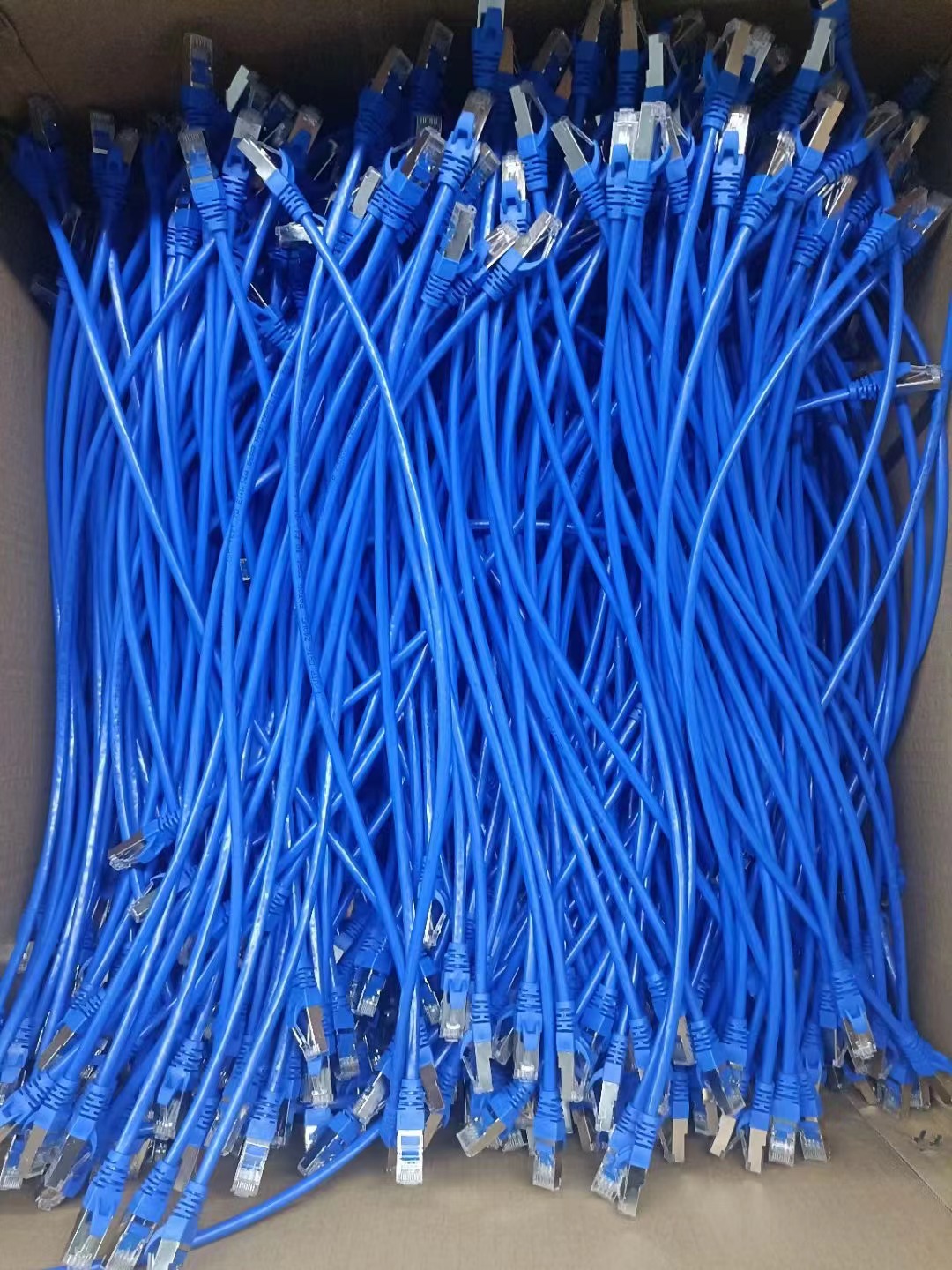
Custom CAT6 Patch Cables Manufacturer In China
Category 6, often referred to as Cat6, is a standard set by the Electronic Industries Association (EIA) and Telecommunications Industry Association (TIA) to surpass the performance levels of Cat5 cables. This widely recognized Ethernet and network cable is composed of a standardized twisted pair cable, typically concluded with an RJ45 connector, and is compatible with both patch panels and keystone jacks.
The Cat6 Ethernet patch cable is capable of supporting the high-speed demands of the 10G-BaseT (10Gig) ethernet standard. Its design aims to further reduce crosstalk and electromagnetic interference, making it a more advanced choice than its predecessors like Cat5. Cat6 network cables are not only superior to Cat5 in performance but also backward compatible with Cat5 equipment.
YCABLE ELECTRONICS, a leading Chinese patch cords manufacturer with many years in network cabling solutions, specializes in producing high-quality RJ45 Cat6 patch cables. Our range includes Patch Cat6 cables suitable for various applications including voice, data, video, security, LAN, and 10/100/1000 Base-T networking. These cables are engineered to operate up to 250 MHz and support speeds up to 1 Gbps.
Our product line also encompasses a diverse selection of Cat6 accessories such as modular plugs, 110 Blocks, UTP keystone jacks, patch panels, UK-style faceplates, connection boxes, and a variety of tools for Cat6 cable termination.
YCABLE ELECTRONICS provides robust Cat6 patch cord options, available in both shielded and unshielded forms, featuring 23AWG/32AWG*7 pure copper conductors. Length options range from 0.3m (1FT) to 30m (100FT).
For enhanced durability, our Cat6 RJ45 patch cables are insulated with Polyethylene (PE), reinforced with polyester tape and aluminum foil, and further protected by PVC jackets and non-flame propagating sheaths.
In terms of aesthetics and organizational efficiency, YCABLE ELECTRONICS offers Cat6 cables in a spectrum of colors including Gray, Black, Green, Blue, Red, Yellow, Orange, White, Purple, and Pink.
We provide both shielded and unshielded Patch Cat6 cables suitable for various applications. Our Solid Cat6 Patch Cable is ideal for long cable runs in permanent installations, while our Stranded Cat6 Cable is perfect for short-distance applications, offering enhanced flexibility.
Our Cat6 Foiled Twisted Pair (CAT6 FTP Patch Cord) Patch Cable features additional shielding for protection against EMI/FRI and crosstalk. The Cat6 Unshielded Twisted Pair (UTP) Patch Cable is our most common type, marked for easy identification and suitable for various networking applications. Additionally, our Cat6 Shielded Foiled Twisted Pair (CAT6 S/FTP Patch Cord) Patch Cable is designed for environments with high electromagnetic interference.
Purchasing Cat6 Patch Cables from YCABLE ELECTRONICS offers numerous benefits, including doubled speed and bandwidth compared to Cat5 cables, compatibility with Cat5 and Cat5e ports, advanced shielding technology, and the ability to store and utilize these cables for future network system upgrades.
